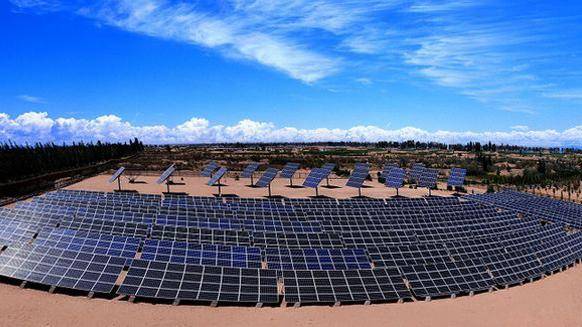1. The principle of cable selection
Generally, for ground photovoltaic projects, each battery module is connected by a cable with a length of about 1m. The battery modules are connected in series, and the positive and negative poles need to lead a single-core cable to the combiner box. The single-core cable that is led out is usually a solar dedicated cable. For the selection of special cables, several points should be considered: one is the insulation of the cable, the other is heat and flame resistance, the third is moisture and radiation resistance, the fourth is the laying method and cable material, and the fifth is the relevant specifications of the cross section.

2. About the cable model
Generally, copper conductors and cross-linked polyethylene insulation are used in solar cables. In contrast, it is better to use tinned copper stranded conductors as the conductor material and low-smoke halogen-free flame-retardant polyolefin as the insulation layer. Because photovoltaic power plants generally need to be built outdoors, they are exposed to long-term sunshine, and the ambient temperature is high, and moisture loss is rapid. Solar cables generally have two layers of insulating skins, which have good protection against ultraviolet rays, water, and ozone, as well as strong abrasion resistance. Generally, depending on the power of each component, its cross-sectional area often has specifications such as 2.5 to 16 mm2.





